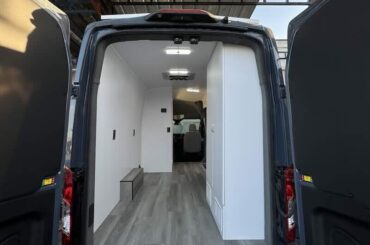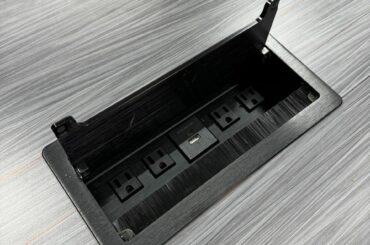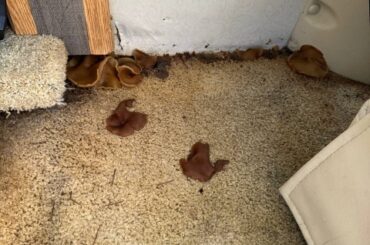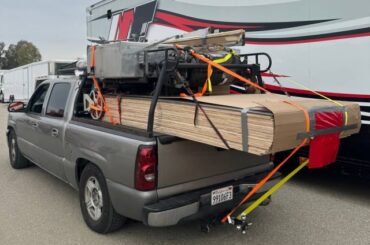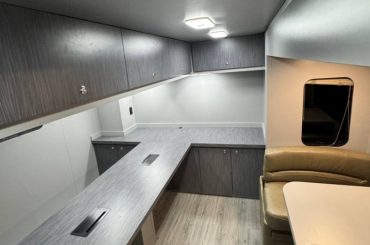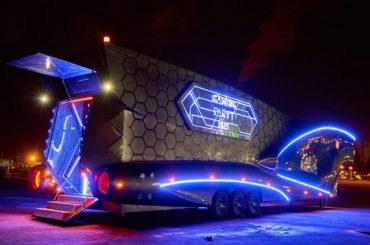1. How to Build an RV Park?
Building an RV park can be a profitable venture, but it requires careful planning and investment. The first step is securing a suitable piece of land in a location that attracts RV travelers. Ideally, this should be near highways, tourist attractions, or natural parks. After acquiring the land, you will need to ensure it has or can be equipped with the necessary utilities, such as water, sewer, and electricity. You’ll also need to decide how many RV sites to include, and whether to offer amenities like Wi-Fi, laundry services, and restrooms. Zoning laws, environmental impact, and obtaining the required permits are also key considerations. Once the infrastructure is in place, you can start marketing your RV park to travelers.
2. How to Level an RV?
Leveling an RV is crucial for the comfort and functionality of the vehicle, especially when parked for an extended stay. To level your RV, start by finding a relatively flat surface. Use a bubble level or an app on your smartphone to determine which side of the RV needs adjusting. If you are on a slope, you might need leveling blocks. Drive or back onto these blocks to lift one side of the RV until it’s even. Many RVs come with automatic leveling systems that simplify this process, while manual systems require using jacks or blocks.
3. How Many Watts Does an RV AC Use?
The wattage used by an RV air conditioner depends on the unit’s size, typically ranging between 13,500 BTUs and 15,000 BTUs. On average, a 13,500 BTU air conditioner will use around 1,500 to 2,000 watts to start and about 600 to 1,000 watts to run. Larger 15,000 BTU units can use around 1,900 to 2,200 watts to start and 700 to 1,500 watts while running. It’s important to ensure your RV’s power source can handle this load, especially if you plan to run multiple appliances simultaneously.
4. Why Buying an RV is a Bad Idea?
Buying an RV can seem like a dream for many outdoor enthusiasts, but it has its downsides. First, the cost of ownership can be high—not only the purchase price but also ongoing maintenance, repairs, and storage fees. Additionally, RVs depreciate quickly, meaning you may not get back what you invested when it’s time to sell. Driving an RV also requires special skills and the gas mileage is often poor. Finally, RVs can restrict your travel flexibility, as finding parking, campsites, or areas to accommodate large vehicles can be a challenge.
5. How to Repair an RV Roof?
To repair an RV roof, first identify the type of roof material (rubber, fiberglass, or aluminum) to determine the correct repair method. For small punctures or cracks, you can use a roof sealant or patch kit. For larger repairs, it might be necessary to replace entire sections of the roof. Be sure to clean the area thoroughly before applying any sealant or patches, and ensure the surface is dry. Regular inspections and maintenance of the roof can help prevent leaks and extend the life of your RV.
6. How to Paint RV Cabinets?
Painting RV cabinets is a cost-effective way to give your interior a fresh look. Start by removing the cabinet doors and hardware. Clean all surfaces thoroughly to remove dirt and grease, and sand them lightly to create a surface the paint can adhere to. Apply a primer designed for laminate or wood surfaces, then follow with the paint of your choice, preferably a durable paint made for cabinets. After the paint dries, reattach the hardware and doors, and enjoy your newly updated RV interior.
7. How to Blow Out RV Water Lines?
Blowing out your RV water lines is an essential step in winterizing your RV to prevent freezing and damage. To begin, drain the freshwater tank, water heater, and all water lines. Attach an air compressor to the city water inlet using an adapter, and set the compressor to no more than 40-50 PSI. Open each faucet, shower, and toilet valve one by one while applying compressed air until no more water comes out. Close all valves once the lines are dry.
8. How to Charge RV Batteries?
Charging RV batteries is vital for keeping your RV powered during trips. You can charge the batteries through multiple methods: shore power, a generator, or solar panels. When plugged into shore power, your RV’s converter automatically charges the batteries. If using a generator, ensure it provides the correct voltage and amperage to avoid damaging the batteries. Solar panels are a great eco-friendly option, but you’ll need an inverter and charge controller to manage the power.
9. What to Look for When Buying a Used RV?
When buying a used RV, it’s important to inspect it thoroughly to avoid expensive repairs later. Check the roof for leaks or signs of water damage, inspect the tires for wear, and ensure all appliances and systems (water, electrical, heating) are in working order. Look for rust underneath the RV, and make sure the chassis is in good condition. Request maintenance records from the owner, and consider having a professional inspect the vehicle before purchase.
10. How to Test an RV Converter?
Testing your RV converter is crucial if you suspect electrical issues. First, disconnect the RV from shore power and switch off all appliances. Use a multimeter to check the voltage at the converter’s output terminals. The reading should be between 13.6 to 14.4 volts when the converter is working properly. If the voltage is lower, the converter may need repairs or replacement. If unsure, consider consulting a professional for accurate diagnostics.



